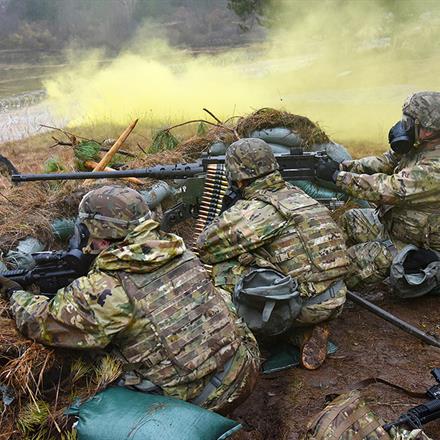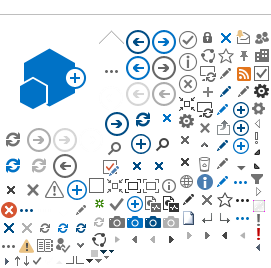 Sources of potentially hazardous chemical substance exposure may include, but are not limited to, any
system that produces combustion products (e.g., weapon
systems, vehicle engines, generators, cooking burners) or requires routine,
prolonged exposure to toxic materials. Combustion products are a complex mixture of hazardous chemical substances. Nearly all weapon systems produce combustion products that may be considered potential health hazards.
Sources of potentially hazardous chemical substance exposure may include, but are not limited to, any
system that produces combustion products (e.g., weapon
systems, vehicle engines, generators, cooking burners) or requires routine,
prolonged exposure to toxic materials. Combustion products are a complex mixture of hazardous chemical substances. Nearly all weapon systems produce combustion products that may be considered potential health hazards.
Data Requirements
Provide a detailed use scenario including information such as the exposure duration and frequency (e.g., number of rounds fired, hours spent inside a shelter), required tasks of system operators, operational environment, and expected concentrations of chemicals (e.g., munition composition). Collect toxic hazard test data IAW TOP 02-2-614A and TOP 02-2-622 for military vehicles and military equipment and materiel, respectively.1,2 Test conditions should be representative of the system's use scenario. Provide the safety data sheet (SDS), composition, purpose, and quantity of any miscellaneous chemicals used in the operation and maintenance of the materiel.
Health Protection Criteria
An HHA applies the Occupational Safety and Health Administration (OSHA) Permissible Exposure Limits (PELs) to chemical substance exposures, or the American Conference of Governmental Industrial Hygienists (ACGIH®) Threshold Limit Values (TLVs®) when they are more stringent than the PELs.3,4 Military-unique standards may be applied to some military-unique exposures (e.g., carboxyhemoglobin limit for carbon monoxide exposure5).
Toxicity Clearances and Assessments
The APHC Toxicity Directorate performs toxicity clearances (TCs) and toxicity assessments (TAs) of materials (e.g., fabric treatments, solvents, cleaners, corrosion inhibitors) prior to their introduction into the Army supply system to ensure the safety of Army personnel.6,7 The materiel developer is responsible for identifying new materials within their program and requesting a TC or TA. The HHA Division may assist in identifying new materials. TCs or TAs may be requested by email (usarmy.apg.medcom-phc.mbx.tox-info@mail.mil) using the formal, signed memorandum template and information here.
Other Considerations
Batteries, fire extinguishing agents, and refrigerants are not within the scope of the HHA Program because they do not present a health hazard during normal use.
Routine exposures to fuels
and non-fuel petroleum products, oil, lubricants, and coolants are typically
not assessed in an HHA because they are widely used in nearly every Army
system. Operational exposures are
expected to be limited to dermal or inhalation exposures during refueling and
occasional maintenance. Personnel serving in a specific military occupational specialty (e.g.,
92F) are trained in handling these compounds.
References
(1) ATEC. 2020. Test Operations Procedure (TOP) 02-2-614A, Toxic Hazards Testing for Military Vehicles. 
(2) ATEC. 2020. TOP 02-2-622, Toxic Hazards Testing for Military Equipment and Materiel. 
(3) Code of Federal Regulations. 2016. Title 29, Part 1910.1000, Air Contaminants. 
(4) ACGIH. 2021. Threshold Limit Values (TLVs®) for Chemical Substances and Physical Agents and Biological Exposure Indices (BEIs®). Cincinnati, OH. 
(5) DOD. 2020. MIL-STD-1472H, Department of Defense Design Criteria Standard: Human Engineering. 
(6) DA. 2020. Regulation 40-5, Preventive Medicine. 
(7) DA. 2017. Regulation 70-1, Army Acquisition Policy. 
